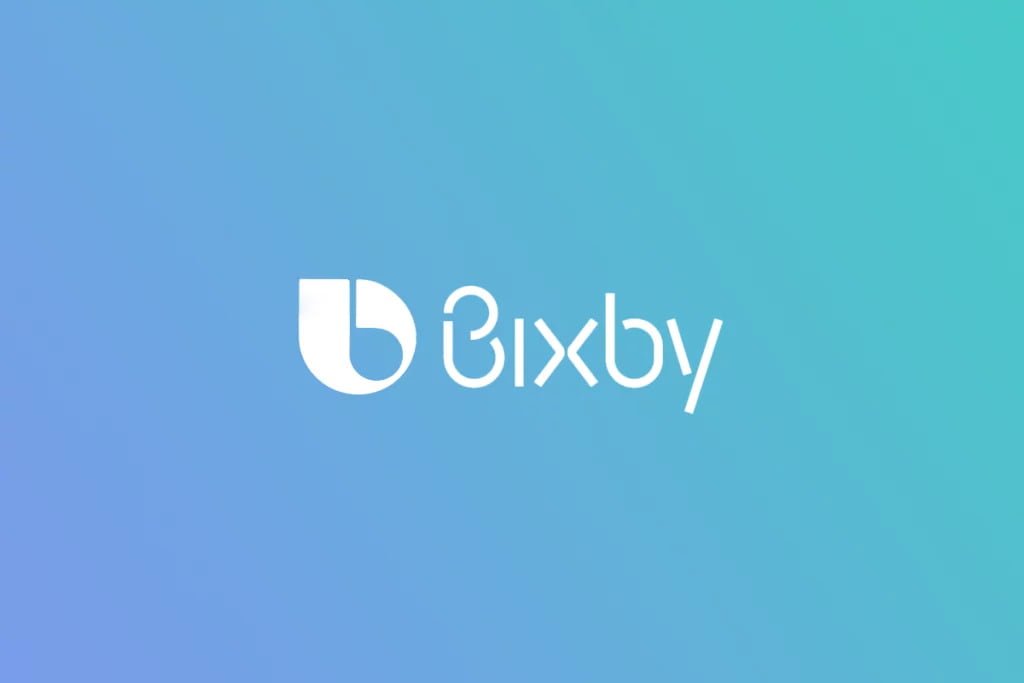Bixby Text Call for Galaxy Smartphones launched in India
Samsung has introduced the Bixby Text Call feature in India for Galaxy Smartphone and Tablet users. This feature allows users to communicate with incoming callers through a text chat instead of manually picking up the call. Improved Communication with Bixby Text Call With the new Bixby Text Call button on the incoming call screen, users can […]
Bixby Text Call for Galaxy Smartphones launched in India Read More »
